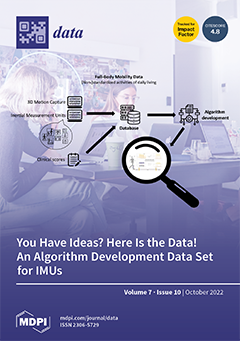Open AccessData Descriptor
Cheating, Trust and Social Norms: Data from Germany, Vietnam, China, Taiwan, and Japan
by
Toan L. D. Huynh, Marc Oliver Rieger, Mei Wang, David Berens, Duy-Linh Bui, Hung-Ling Chen, Tobias Peter Emering, Sen Geng, Yang Liu-Gerhards, Thomas Neumann, Thanh Dac Nguyen, Thong Trung Nguyen, Diefeng Peng, Thuy Chung Phan, Denis Reinhardt, Junyi Shen, Hiromasa Takahashi and Bodo Vogt
Cited by 2 | Viewed by 4754
Abstract
The data presented here contain information on cheating behavior from experiments and general self-reported attitudes related to honesty-related social norms and trust, together with individual-level demographic variables. Our sample included 493 university students in five countries, namely, Germany, Vietnam, Taiwan, China, and Japan.
[...] Read more.
The data presented here contain information on cheating behavior from experiments and general self-reported attitudes related to honesty-related social norms and trust, together with individual-level demographic variables. Our sample included 493 university students in five countries, namely, Germany, Vietnam, Taiwan, China, and Japan. The experiment was monetarily incentivized based on the performance on a matrix task. The participants also answered a survey questionnaire. The dataset is valuable for academic researchers in sociology, psychology, and economics who are interested in honesty, norms, and cultural differences.
Full article
►▼
Show Figures





